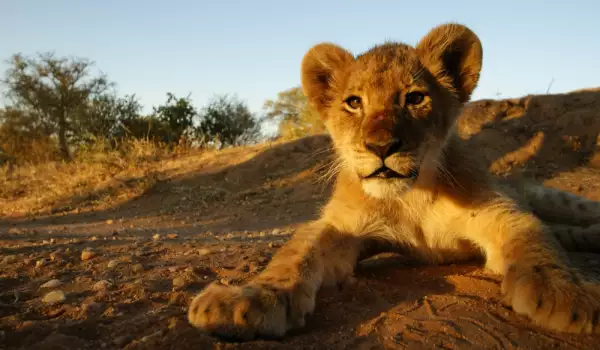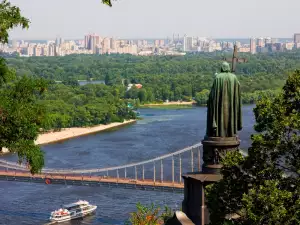Kruger National Park

Kruger National Park is one of the largest wildlife reserves in Africa. The park covers an area of over 19, 000 square kilometers. It is located near the border with Mozambique. Kruger National Park was established as a reserve in 1898.
Since 1926, the reserve was declared a national park. It is divided into three parts - North, Central - which is known as the place with the highest concentration of wildlife in the world, and south. The plants here are typical of the savanna. Among the large animals stand species typical of southeastern Africa - elephant, hippo, white rhino, giraffe, seventeen kinds of antelopes, lions, leopards, crocodiles and over four hundred species of birds that live in the park.
Kruger National Park is unsurpassed in its concentration of wildlife and it has just made the latest developments for wildlife conservation. Millions of visitors arrive from around the world to see wildlife up- close here. Some park visitors compare it to paradise, as the animals wander at will and unmolested every tourist can enjoy the wonders of wildlife.
The park does not have many trees because the terrain does not imply an abundance of plant species. Among the trees that grow in the Kruger Park, there are many species that are used by the ancient people of Africa to treat various diseases.

Some Acacia species provide food for many species in the park - the leaves are a favorite of giraffes, elephants and the Impala, the colors of the arrangement is favored by some species of monkeys, and some types of predators spend much time in the trees, stalking their prey.
Kruger National Park is famous for its ecotourism. For tourists, the park is equipped with the most modern special camps where they can be accommodated during their stay in the Kruger Park. Different camps are located in areas specific to certain types of animals or birds, so tourists can closely see the inhabitants of the park.
The camps are twenty-five in number and offer interesting attractions for tourists. The park has Cycad trees, known for their beautiful wood that attracts many animal species and birds.
Near some of the camps can be seen wild dogs, which are distinguished by their tails with white tips. Kruger National Park has many species of reptiles and species of insects. Near the park is the castle Tulamela, which was built of stone in the late Iron Age.
Recently some fences have been removed from the enclosure of the park that allow animals of elite private parks to be mixed with animals from the national park.
Tourists wishing to indulge in self- guided trips around the park should carefully plan everything, because the distances are quite large. The gates of the camps in the park are closed with the onset of darkness and opened only after sunrise.
Tourists should know that driving speed is limited to 30 kilometers per hour. This is caused by the fact that each year hundreds of cars crush wild animals and birds.
In summer it is advisable that if you plan to take a tour in the Park, leave early in the morning, while it is still cool. Then head back to camp for lunch and the next trip is to be planned only after three o'clock in the afternoon.
Overnight visitors to the Kruger National Park are not allowed to drive outside the camps. Tourists are advised to bring food and water when they drive around the park. In the park can be seen lion prides and you can watch how these majestic predators live and hunt. Among the prey of lions are sometimes giraffes, which is the largest antelope in the African savanna with its five meters height.















